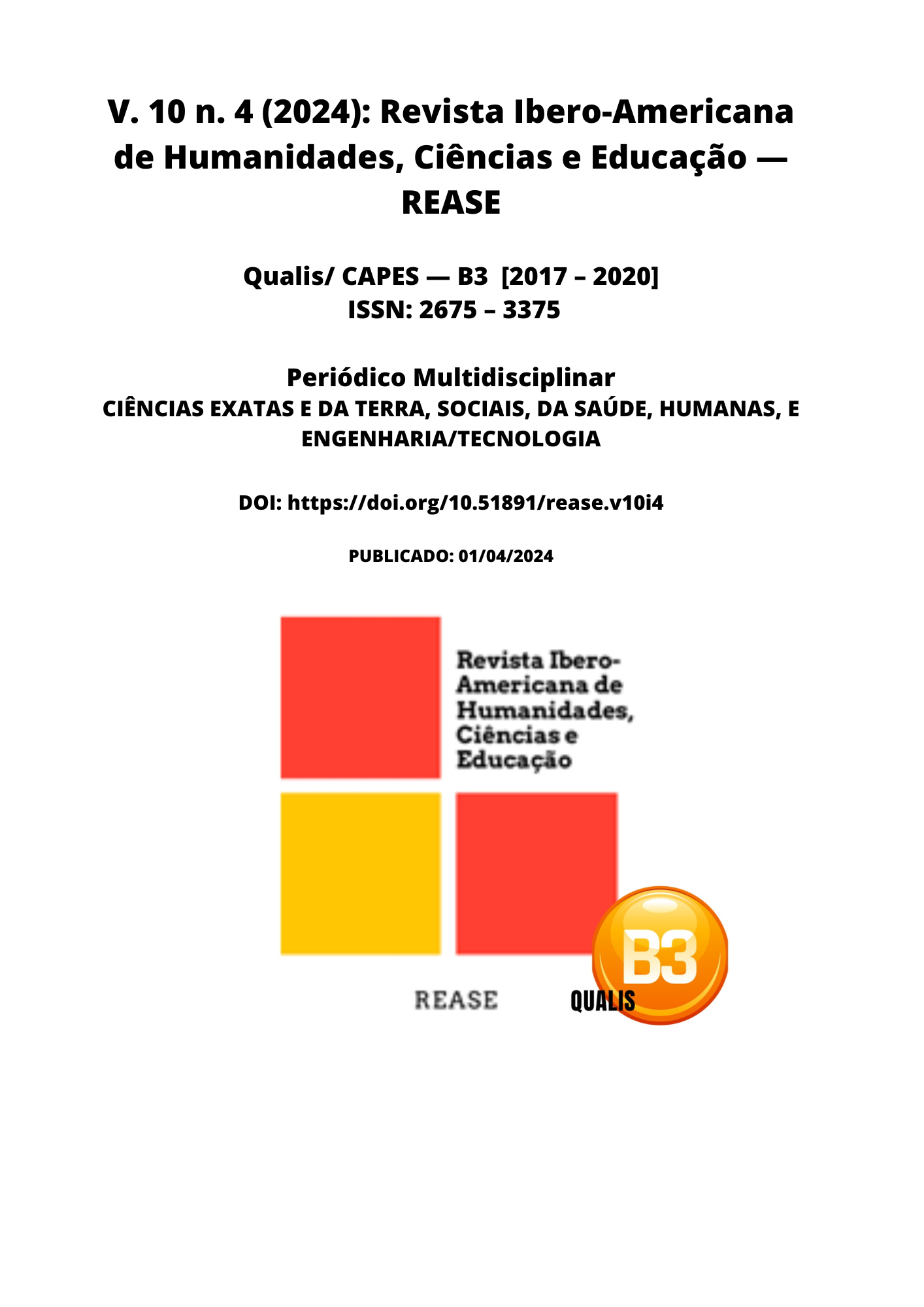PHARMACIST'S ROLE IN THE PREVENTION AND CONTROL OF HEALTH CARE RELATED INFECTIONS (HAI) IN HOSPITALS
DOI:
https://doi.org/10.51891/rease.v10i4.13601Keywords:
Pharmaceutical. Acting. Infections and Control.Abstract
The role of the pharmacist in the prevention and control of Healthcare-Associated Infections (HAIs) in hospitals is extremely important given the challenging scenario faced by public health. HAIs represent a global health problem, contributing significantly to increased morbidity, mortality and hospital costs. Investigate the role of pharmacists in the prevention and control of Healthcare-Associated Infections (HAIs) in hospitals, aiming to understand their role and contribution to patient safety and the quality of healthcare services. The method used for the research consisted of searching for articles related to the proposed theme. During data collection, several aspects relating to the pharmacist's role in preventing and controlling healthcare-related infections (iras) in hospitals were analyzed. All articles published from 2019 to 2024 that met the established inclusion criteria were considered in the research, while those that were not aligned with these criteria were excluded.
Downloads
Downloads
Published
How to Cite
Issue
Section
Categories
License
Atribuição CC BY

